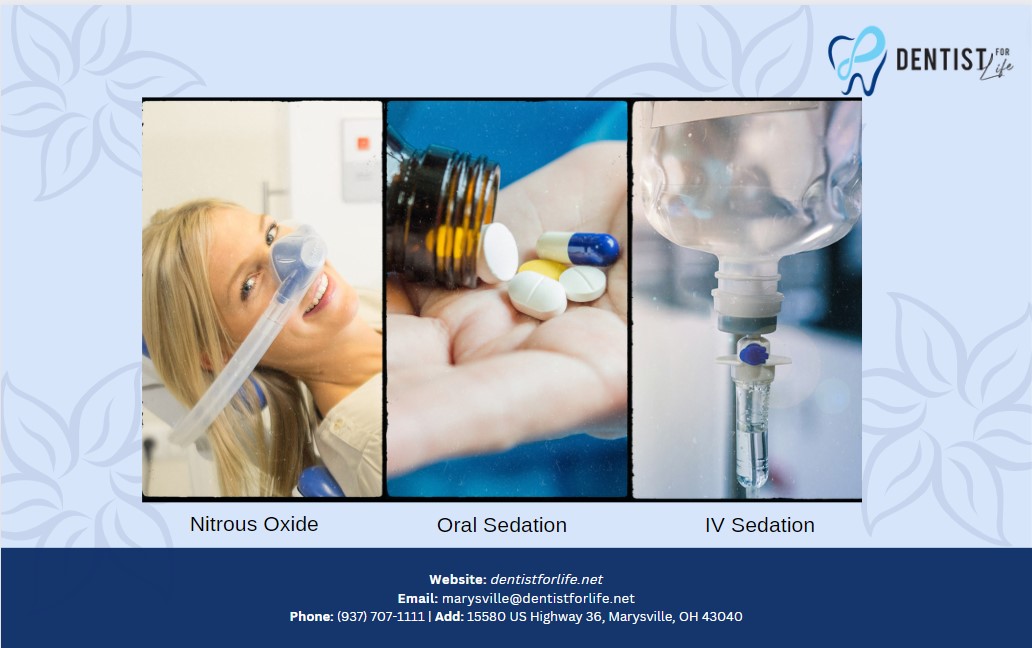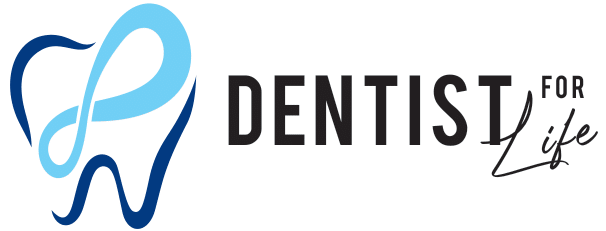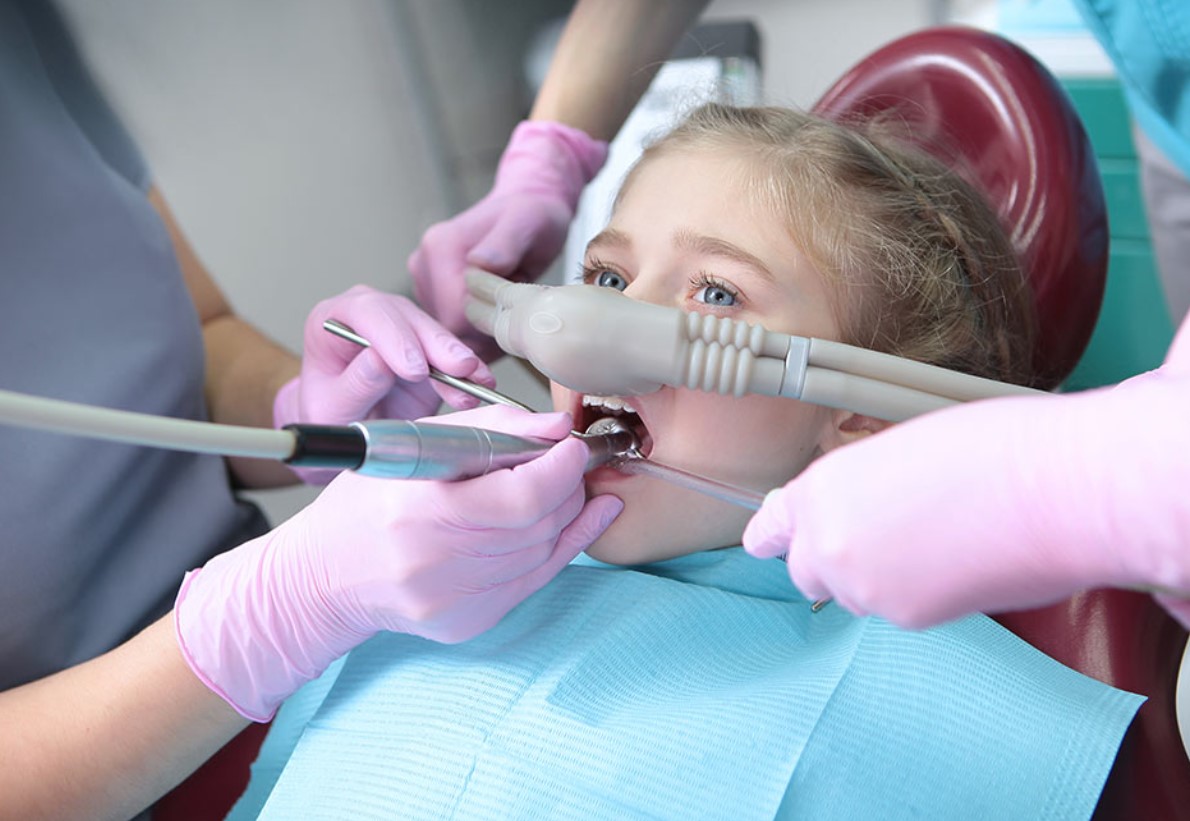Sedation dentistry offers a comfortable experience during dental procedures, making it particularly valuable for individuals dealing with dental anxiety or undergoing extensive treatments. Various sedation options are available, including nitrous oxide, oral conscious sedation, and intravenous (IV) sedation. It’s important to note that dentists need specialized certification to administer certain forms of sedation dentistry, ensuring patient safety and care during these procedures.
Understanding Sedation Dentistry
Sedation dentistry is a technique used to create a calm and relaxed state during dental procedures. This moderate level of sedation allows you to remain awake while feeling at ease. Often referred to as conscious sedation dentistry or “twilight sleep,” it induces a temporary state of amnesia, resulting in forgetfulness. With sedation dentistry, you can experience insensitivity to pain without losing consciousness.
When is Sedation Dentistry Needed?
Sedation dentistry can benefit individuals of all ages, including children. Dentists often recommend this option for individuals who experience:
- Dental anxiety or fear of visiting the dentist.
- An overly sensitive gag reflex.
- Fear of needles (aichmophobia).
- Extreme teeth sensitivity.
- Claustrophobia while in the dental chair.
- Decreased sensitivity to local anesthesia.
- Difficulty controlling movements.
- Special needs, including physical, cognitive, or behavioral challenges.
See More: Dentures cleaner
Types of Sedation in Dentistry
Sedation dentistry offers various levels of sedation to cater to individual needs. Factors such as anxiety levels, procedure duration, health history, and personal preferences determine the appropriate sedation method. The most commonly used types of sedation in dentistry are nitrous oxide, oral conscious sedation, and intravenous (IV) sedation.

Nitrous Oxide
Nitrous oxide, also known as “laughing gas,” is a commonly used sedative. It is administered through a mask or nosepiece, and its calming effects typically begin within three to five minutes. The dosage of nitrous oxide is carefully controlled by your dentist throughout the procedure. Once the treatment is complete, you will be given pure oxygen to eliminate the nitrous oxide from your system. Because the effects of laughing gas wear off quickly, you will be able to drive yourself home after the procedure.
Oral Conscious Sedation
Oral conscious sedation involves the administration of sedative medication, usually in pill form, approximately one hour before the dental procedure. The most commonly used medication is triazolam (Halcion), which belongs to the diazepam (Valium) family. However, other medications such as zaleplon and lorazepam may also be used. In pediatric dentistry, liquid sedation, such as midazolam oral syrup, is often preferred.
During oral sedation, you will experience drowsiness, and it is possible to fall asleep. However, you will still be able to communicate with your dentist when necessary, and you will be gently awakened. Due to the temporary effects of oral sedation on memory and motor skills, it is important to have a friend or family member accompany you and drive you home after the procedure.
Intravenous (IV) Sedation
Intravenous (IV) sedation is the deepest form of conscious sedation available in a dental office setting. With IV sedation, sedative medications are delivered directly into the bloodstream through an IV line. Throughout the procedure, your dentist closely monitors vital signs such as heart rate, blood pressure, and oxygen levels. They can adjust the dosage as needed and can administer reversal medications if necessary. Many individuals who receive IV sedation dentistry fall asleep during the procedure and have little to no recollection of the treatment afterward. This option is particularly beneficial for individuals with severe dental anxiety or those undergoing lengthy procedures.
See More: Dentures repairs near me
Is general anesthesia used in dentistry?
Certainly, general anesthesia is employed in dentistry under specific circumstances. It becomes necessary when dealing with young children, individuals with special needs, or patients suffering from severe dental anxiety. General anesthesia induces a state of complete unconsciousness, rendering the patient entirely unaware during the dental procedure. It is crucial to note that dentists must undergo advanced, specialized training to administer general anesthesia safely. Additionally, in most cases, the assistance of an anesthesiologist is enlisted to ensure the safe and effective delivery of this type of sedation.
What’s the Difference Between Sedation and Anesthesia?
Dental sedation and anesthesia are distinct procedures with different effects. Sedation induces a relaxed and drowsy state of consciousness, while anesthesia involves a more intricate process of rendering you fully unconscious using IV medications and gas for the duration of the procedure.
See More: Dentures with snaps
Q&A

How Sedation Dentistry Works
Sedation dentistry offers numerous benefits, with the primary one being the ability to put your mind at ease. When undergoing dental procedures with sedation, patients can experience a deep sense of relaxation. Some even report that lengthy procedures seem to pass quickly. Additionally, many patients have only hazy recollections of their appointments. If dental anxiety is a concern for you, sedation dentistry provides an opportunity to receive the necessary treatment without worry.
Why is sedation conscious?
The purpose of dental sedation is to provide patients with a sense of calmness. In most cases, full sedation is unnecessary unless the patient experiences severe anxiety or sensitivity to pain. Unconscious sedation carries higher risks, more significant side effects, and longer recovery times. On the contrary, conscious sedation aims to keep you comfortable during the procedure while minimizing risks and side effects.
What Are the Side Effects of Dental Sedation?
One commonly asked question regarding dental sedation is the duration of its effects. The answer to this question varies depending on the type of sedation used. Nitrous oxide, for instance, wears off quickly, and within a few minutes, you will start feeling normal again. In fact, you may even be able to drive yourself home after the procedure. On the other hand, IV sedation and oral sedation remain in your system for a longer period and may require several hours for the side effects to subside.
The side effects of oral sedation can vary depending on the specific type used. These may include drowsiness, nausea, a feeling of heaviness or sluggishness, headaches, low blood pressure, slowed reflexes, slurred speech, lack of coordination, lightheadedness, tingling sensations, slowed breathing, and temporary memory issues or memory loss related to the procedure.
Is Sedation Dentistry Safe?
Like any medical procedure, sedation dentistry carries some level of risk. However, it is important to note that the level of risk can vary depending on individual factors. Different patients may require different levels of medication, and people can react differently to sedation and anesthesia. For instance, individuals with sleep apnea or obesity may need to consult with their dentist before undergoing sedation. It is also important to exercise caution when administering sedation to children under 12, as they may have more intense reactions due to their smaller size.
To ensure your safety, it is highly recommended to seek out a well-experienced sedation dentist in Manhattan. Don’t hesitate to ask for their credentials and inquire about their level of experience in performing sedation dentistry.
How much does Sedation Dentistry cost at Dentist For Life in Marysville Ohio?
Cost of sedation dentistry is affected by insurance coverage, location, and the dental team you select. Depending on the type of sedation used, costs range from a few hundred dollars to more than a thousand. Light sedation, using oral sedatives or nitrous oxide gas, usually costs anywhere from $200 to $300. This cost does not include the cost of the dental treatment and only reflects the cost of sedation. Moderate intravenous sedation is used less often in dental visits, and general anesthesia is usually used only in dental surgeries. Both of these types of sedation carry additional risk and therefore also carry additional costs, and they may be more invasive than necessary for your dental procedure.
If you need more detailed information, please contact hotline (937) 707-1111 or our website dentistforlife.net or social Dentist For Life for more detailed information.



